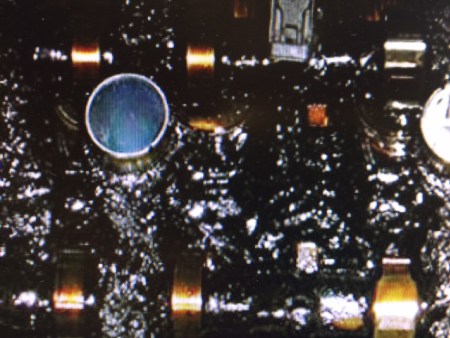What Happens to oil Making Me Needing to Change It? Dan McClelland|Jan 07, 2020 8:36 AM Regardless of its quality, every motor oil eventually loses its potency and must be changed to ensure peak engine protection. Let’s take a look at what happens to motor oil over time and why you periodically need to change […]
You are browsing archives for
Tag: moisture
Why Motor Oil Deteriorates
Why Motor Oil Deteriorates Like just about everything else, motor oil has a lifespan. Even the best oils eventually require you to change them. Historically, many motorists like the convenience of changing oil with the seasons, visiting the quick lube or pulling the ramps out of their garage each spring and fall. Motor oil […]
New AMSOIL Brake Fluid and Brake & Parts
New AMSOIL Brake Fluid and Brake & Parts Performance and Reliability New DOT 3 & 4 Synthetic Brake Fluid (BFLV), DOMINATOR® DOT 4 Synthetic Racing Brake Fluid (BFR) and Brake & Parts Cleaner (BPC) help boost the performance, safety and reliability of brake systems. AMSOIL DOT 3 & 4 Synthetic Brake Fluid, AMSOIL DOMINATOR […]


